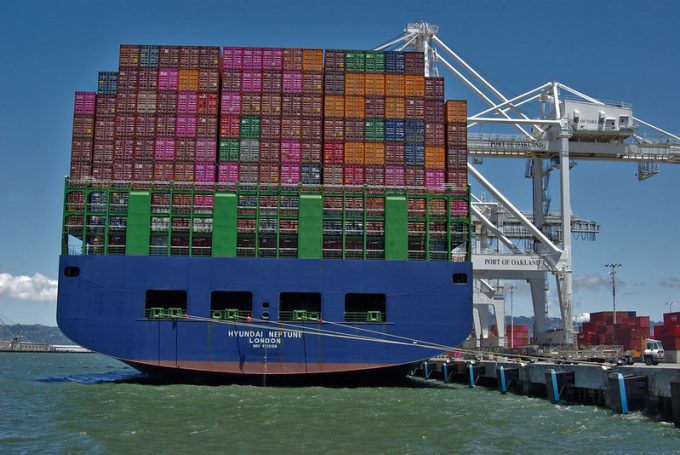More luck than judgment? Top 10 box lines enjoy elusive balance
Something of a sweet spot?

Transpacific traffic is on the rise again at the port of Oakland, as the Ocean Network Express (ONE) is about to resume service to the US port next month.
Starting on 13 November, the Japanese carrier alliance will add Oakland again to its PS5 service, having ...

Comment on this article